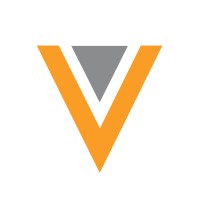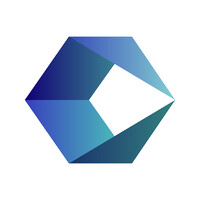
Companies that use Sass
Sass is an extension of CSS3, adding nested rules, variables, mixins, selector inheritance, and more. It's translated to well-formatted, standard CSS using the command line tool or a web-framework plugin.
38,716
companies
List of companies using Sass
Sass customers by country
Sass is used in 117 countries
Technology Usage Statistics and Market Share
How to target Sass users
- How to customize this list?
You can customize this data to your needs by filtering for geography, industry, company size, revenue, technology usage, job postions and more. You can download the data in Excel or CSV format.
- How to be alerted when companies adopt this technology?
You can get alerts for this data. You can get started by selecting the technology you are interested in and then you will receive alerts in your inbox when there are new companies using that technology.
- How to import this data to my CRM?
Frequently asked questions































































